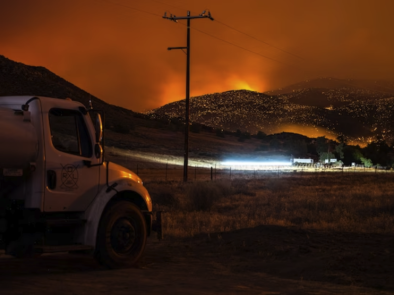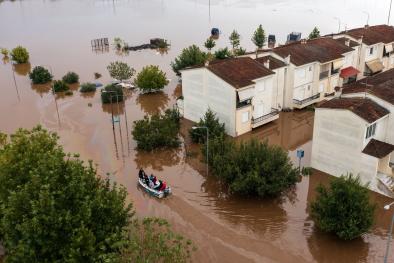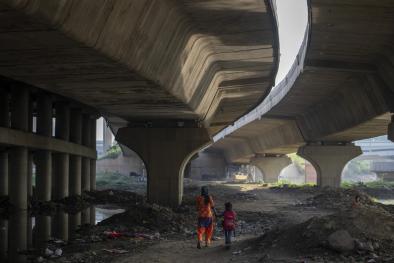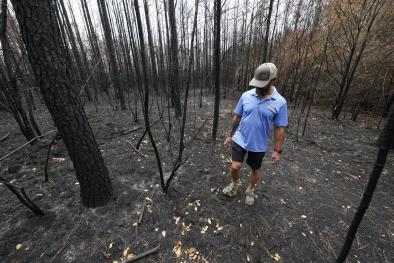Science Source
Observed impacts of anthropogenic climate change on wildfire in California
California is so big and so variable, there is no one-size-fits-all explanation for how climate might affect wildfires across the board. We have tried to provide one-stop shopping to show people how climate has or, in some cases, hasn't affected fire activity.
Park Williams, lead author and bioclimatologist at Columbia University's Lamont-Doherty Earth Observatory
- States that recent fire seasons have fueled intense speculation regarding the effect of anthropogenic climate change on wildfire in western North America, and especially in California
- States that during 1972–2018, California experienced a five‐fold increase in annual burned area, mainly due to more than an eight‐fold increase in summer forest‐fire extent
- States that increased summer forest‐fire area very likely occurred due to increased atmospheric aridity caused by warming
- States that since the early 1970s, warm‐season days warmed by approximately 1.4°C as part of a centennial warming trend, significantly increasing the atmospheric vapor pressure deficit (VPD)
- These trends were consistent with anthropogenic trends simulated by climate models
- Finds that the response of summer forest‐fire area to VPD is exponential, meaning that warming has grown increasingly impactful
- Robust interannual relationships between VPD and summer forest burned area strongly suggest that nearly all of the increase in summer forest‐fire area during 1972–2018 was driven by increased VPD
- Climate‐change effects on summer wildfire were less evident in non‐forest
- Finds that, in fall, wind events and delayed onset of winter precipitation are the dominant promoters of wildfire
- Finds that, while these variables did not change much over the past century, background warming and consequent fuel drying is increasingly enhancing the potential for large fall wildfires
- Among the many processes important to California's diverse fire regimes, warming‐driven fuel drying is the clearest link between anthropogenic climate change and increased California wildfire activity to date
Related Content
Headline

Nov 17, 2023 | Climate Nexus Hot News
Utility Responsible For Wildfire, CA Report Says
Headline

Oct 26, 2023 | Climate Nexus Hot News
The Planet is ‘Under Siege,’ Scientists Say
Headline

Oct 11, 2023 | Climate Nexus Hot News
Climate Change Forcing Children to Move
Headline

Sep 20, 2023 | AP
In a state used to hurricanes and flooding, Louisiana is battling an unprecedented wildfire season


